In the past few years, a lot of people have started to love Pilates. It’s a type of exercise that helps your body and mind feel better in many ways. Pilates is a gentle exercise method that was created by a guy named Joseph Pilates a long time ago. It’s now used in physical therapy too. When you include Pilates in your physical therapy plan, it can really help you get better and improve your overall health.
Improved Core Strength: Pilates Physical Therapy

In Pilates, one important thing is to make your core muscles stronger. Also, these muscles play a crucial role in helping you stay stable, maintain good posture, and prevent injuries. Pilates exercises focus on deep muscles in the belly and back and pelvis to strengthen and stabilize the core, which is essential for people recovering from back pain, surgery, or injuries.
Increased Flexibility and Range of Motion: Pilates Physical Therapy

Pilates focuses on slow, careful movements to improve flexibility and joint mobility. When you’re in physical therapy, it’s really important to get back and improve your flexibility. Pilates helps to relax muscles, increase flexibility, and improve joint mobility. This is especially good for people with conditions like arthritis or those getting better after surgery.
Enhances Posture and Body Awareness: Pilates Physical Therapy

Poor posture can lead to muscle and bone problems, such as back pain and uneven muscles. Pilates helps you become more aware of your body, how it’s aligned, and how to have good posture. This is really helpful for people in physical therapy. Patients can improve their posture and reduce the risk of future injuries by paying attention to their body.
Balance and Coordination:

Balance and movement are essential for staying stable and avoiding falls, especially for older people. In Pilates, you do exercises that help you control your movements and challenge your balance and coordination. Pilates can help patients become more aware of their body and move in a coordinated way with also the help of physical therapy. This leads to better stability overall and lowers the chances of falling down.
Stress Relief and Mental Well-being:

Physical therapy can be tough on both the body and mind and pilates helps to reduce stress and improve mental health. In Pilates, you pay attention to your breathing and move in a thoughtful way. This can help you handle stress, think more clearly, and feel happier. It’s a great way to take care of your whole self during rehabilitation.
Conclusion:
Pilates, when integrated into physical therapy, provides a myriad of benefits for patients on their journey to recovery and improved well-being. It offers a holistic approach to rehabilitation that focuses on both physical and mental aspects. Discuss with healthcare professional if Pilates can be beneficial for physical therapy or rehabilitation. Embrace the power of Pilates and witness its transformative effects on your mind and body.
If you’re ready to experience the transformative benefits of Pilates in your physical therapy journey, take the next step and visit Kinito Physical Therapy today. Our experienced team of therapists specializes in integrating Pilates into personalized treatment plans to help you strengthen your mind and body. Whether you’re recovering from an injury, managing a chronic condition, or seeking to improve your overall well-being, our comprehensive approach can support your goals. Don’t wait any longer—schedule your appointment at Kinito Physical Therapy and embark on a path to a healthier, stronger, and more balanced you.
